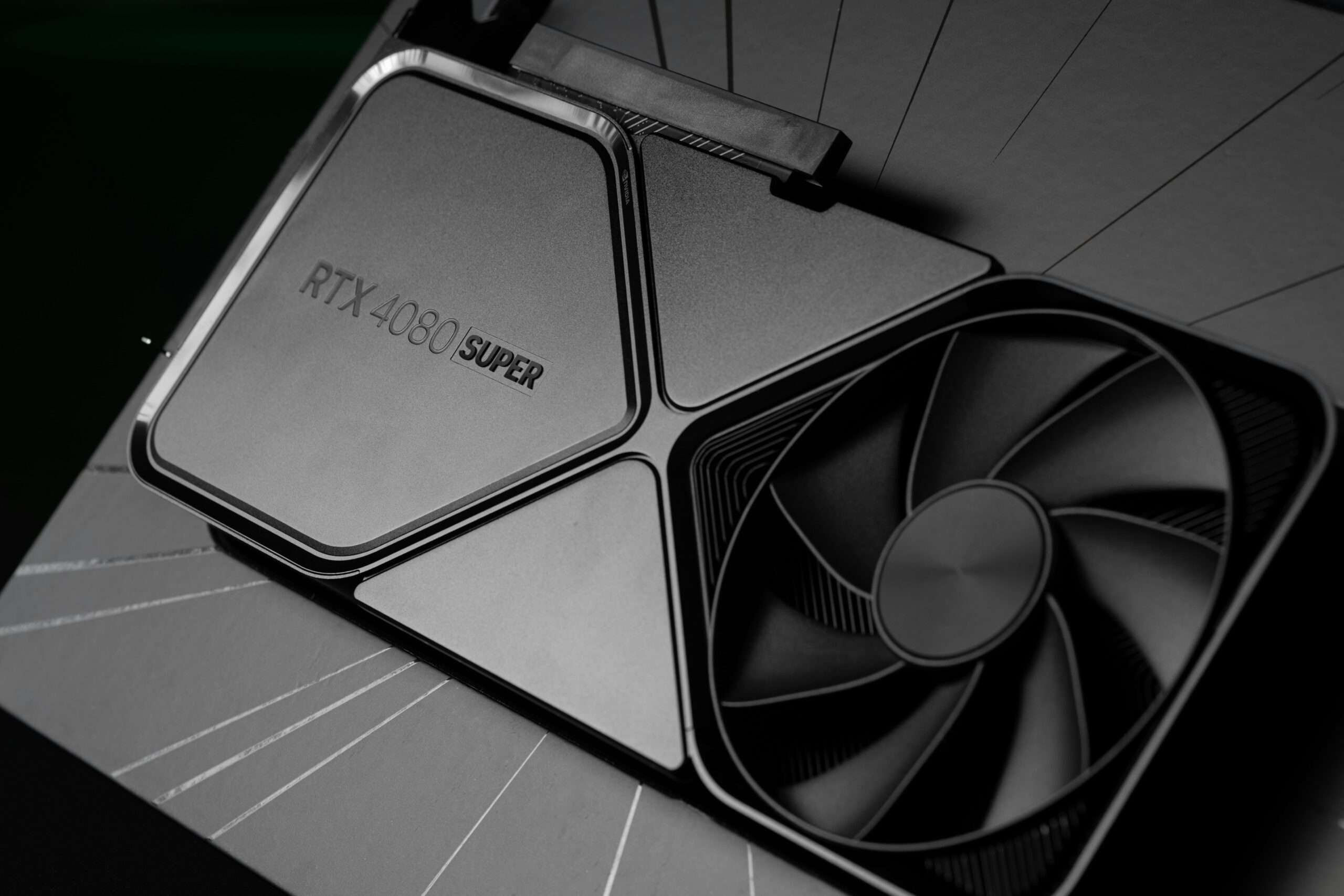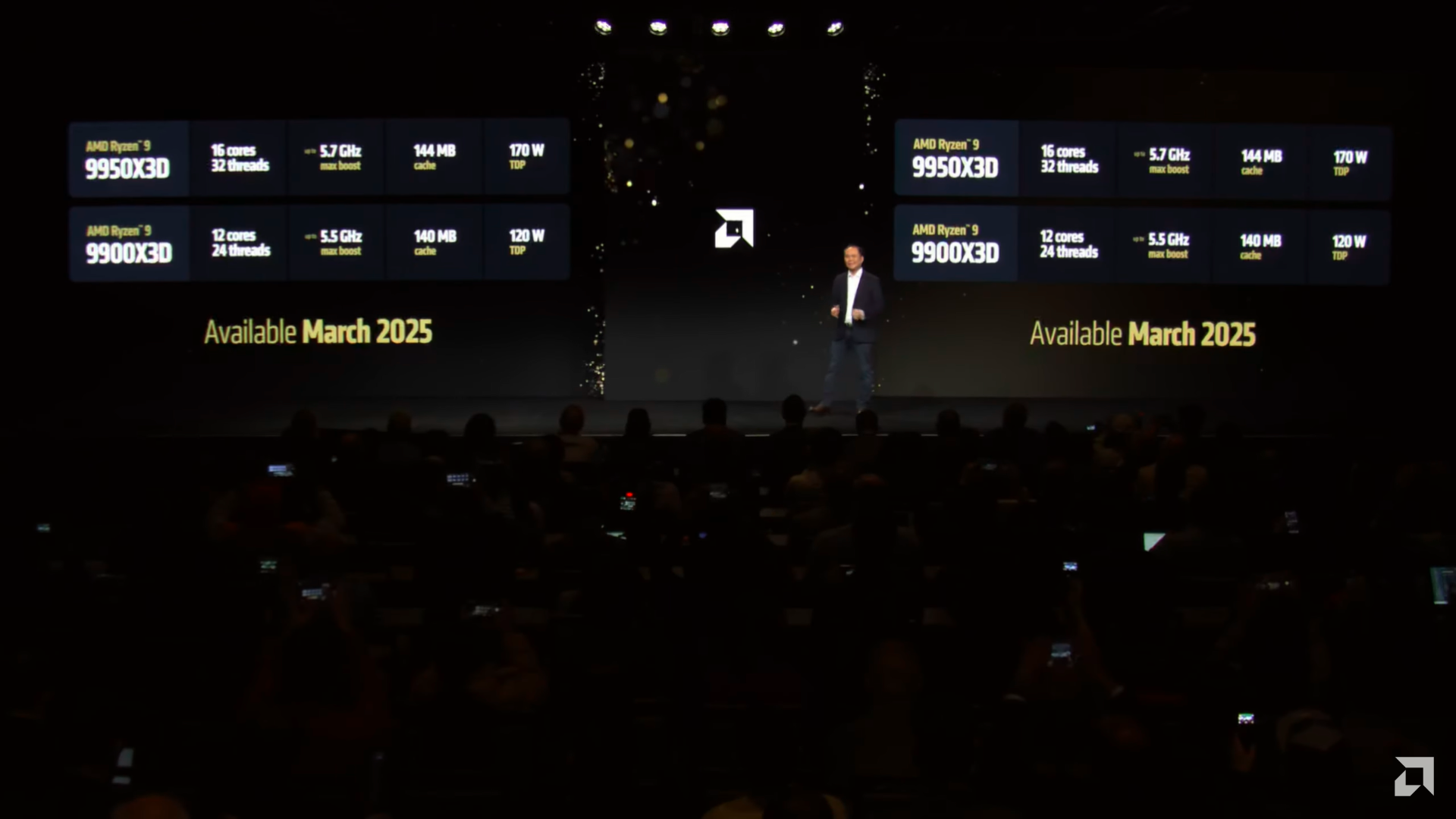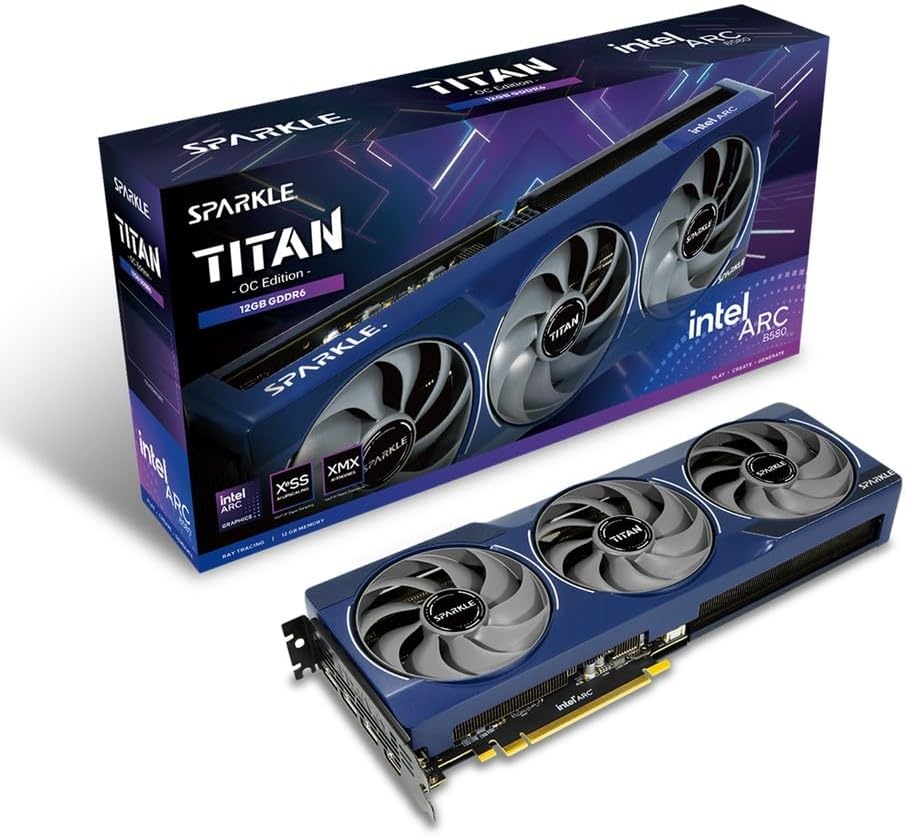If you thought the RTX 4080 was a powerhouse, brace yourself for the RTX 5080. Set to release in early 2025, this new GPU from NVIDIA is making waves with promises of jaw-dropping performance boosts, revolutionary advancements in ray tracing, and even faster memory speeds. Whether you’re a gamer pushing the limits of 4K graphics or a creator working with complex AI workloads, the RTX 5080 is shaping up to be a game-changer.
Let’s break down what makes the RTX 5080 a must-have for the tech-savvy, and how it stacks up against its predecessor, the RTX 4080.
Release Date and What to Expect
Rumor has it that CES 2025 will be the stage for NVIDIA to officially reveal the RTX 5080. Historically, the company follows these announcements with a release just weeks later, meaning we could see this beast of a GPU hitting shelves by late January or early February 2025. So, if you’re ready to upgrade and leap into the future of graphics, mark your calendars!
Key Specifications of the RTX 5080
| Feature | RTX 5080 |
| Architecture | Blackwell |
| Process Node | 3nm/4nm (improved efficiency) |
| VRAM | 16GB GDDR7 |
| Memory Speed | Up to 32 Gbps |
| Bandwidth | Bandwidth |
| TDP | ~400W |
| Performance Boost | 30-40% improvement over RTX 4080 |
What Makes the RTX 5080 Stand Out?
Blackwell Architecture
The RTX 5080 will be built on NVIDIA’s Blackwell architecture, which introduces a smaller manufacturing node (likely 3nm or 4nm), promising higher performance and efficiency. This change means more power packed into a smaller space, enabling faster processing and improved energy efficiency.
GDDR7 Memory
One of the standout features of the RTX 5080 is the GDDR7 memory, which will run at 32 Gbps speeds. This is a significant leap over the RTX 4080’s GDDR6X, offering faster data processing and helping gamers and professionals alike achieve ultra-smooth performance in demanding tasks. Whether you’re gaming in 4K or working on large-scale creative projects, this will ensure your system doesn’t bottleneck.
Improved Ray Tracing and AI Performance
Expect the RTX 5080 to feature a 2-3x improvement in ray tracing performance compared to the RTX 4080, which will make lighting effects, reflections, and shadows more realistic in supported games. NVIDIA’s tensor cores will also get a boost, improving AI-driven tasks such as real-time upscaling (hello, DLSS 4.0), making it an excellent choice for anyone working in AI, 3D modeling, or rendering.
More Efficient Power Usage
While the RTX 5080 has a TDP of around 400W, slightly higher than the 4080’s 320W, its enhanced efficiency should minimize power consumption and heat generation. Blackwell’s architecture should offer a better balance between performance and energy use, preventing your system from running hot under pressure.
RTX 5080 vs. RTX 4080: The Big Difference
| Feature | RTX 5080 | RTX 4080 |
| Architecture | Blackwell | Ada Lovelace |
| Process Node | 3nm/4nm | 5nm |
| Memory | 16GB GDDR7 | 16GB GDDR6X |
| Bandwidth | Over 1 TB/s | 716 GB/s |
| Ray Tracing Performance | 2-3x improvement | 3rd Gen – Good performance |
| TDP | ~400W | 320W |
.
As you can see, the RTX 5080’s ray tracing capabilities are expected to significantly outpace the RTX 4080, thanks to improvements in the RT cores and the introduction of DLSS 4.0. The GDDR7 memory and faster memory bandwidth should also ensure better performance, especially for 4K gaming or heavy workloads like rendering and AI tasks.
Why Should You Consider Upgrading to the RTX 5080?
If you’re already on an RTX 4080 or even an older model, the RTX 5080 offers a substantial performance leap that’s hard to ignore. Here’s why you should consider upgrading:
Future-Proofing: The increased power and efficiency of the RTX 5080 make it a great investment for gamers and creators who want to stay ahead of the curve for the next 3-5 years.
4K Gaming and Beyond: With its improved ray tracing and AI capabilities, the RTX 5080 will easily handle 4K gaming at high frame rates, making it perfect for demanding titles like Cyberpunk 2077 and Starfield.
Professional Workloads: If you’re into content creation, 3D rendering, or AI work, the RTX 5080’s improved computational performance, faster memory, and AI enhancements will cut down on render times and boost productivity.
Conclusion: The Future of GPUs
The RTX 5080 is shaping up to be a true powerhouse, with Blackwell architecture, GDDR7 memory, and improved ray tracing that set it apart from the RTX 4080. If you want the latest and greatest for gaming, AI, or creative workflows, this GPU is going to be hard to beat. With an expected release in early 2025, NVIDIA looks set to deliver another game-changing GPU, and it’s going to be worth the wait.
Stay tuned for official announcements at CES 2025, and start planning your upgrade!
Also Read:
RTX 5070 Ti Release Date and Specs: Everything We Know




